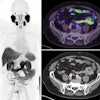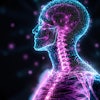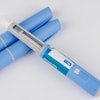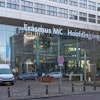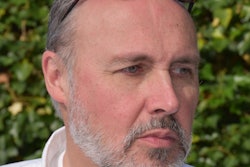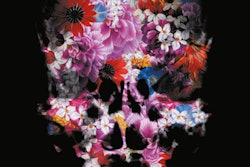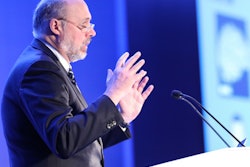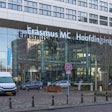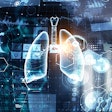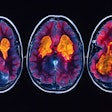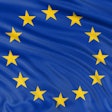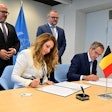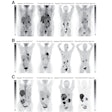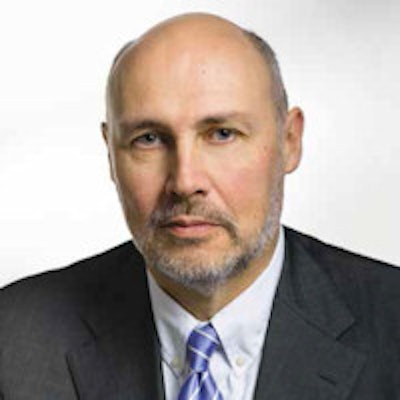
At the Journées Francophones de Radiologie (JFR) congress in Paris, European Society of Radiology (ESR) President Dr. Paul Parizel, PhD, became an honorary member of the French Society of Radiology (SFR). He gave a wide-ranging interview to the JFR congress newspaper about the challenges facing radiology and his experiences as ESR president.
JFR: In your opinion what are the challenges of the future?
Parizel: It's an exciting question. Generally, I think that radiology will continue to evolve from the production of "beautiful pictures" toward sets of quantitative data. At the same time, communication with general practitioners (GPs) will move away from descriptive reports and toward a standardized, structured reporting approach. These two developments illustrate the necessity for radiologists to adapt their mindsets to a digital and quantitative work environment.
At the more scientific level, the growing trend for precision medicine will continue to be a key issue. The radiologist will play a more important role in the diagnosis and follow-up of chronic diseases by developing biomarkers based on volumetric measurements, perfusion, spectroscopy, hybrid imaging, and functional data.
I am equally convinced that minimally invasive procedures and image-guided interventions will continue to develop. Technological progress will help us provide the most appropriate and precise diagnoses, with lower radiation dose, and radiology will very likely develop as a screening and risk stratification tool, provided that clear unambiguous results can be guaranteed.
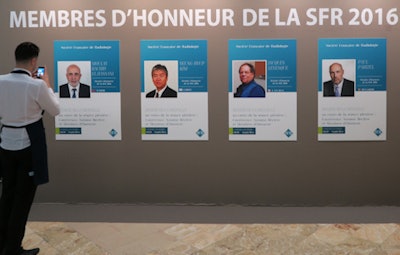 Four overseas radiologists became honorary members of the SFR at JFR 2016. In addition to Parizel, the others were Drs. Moulay Rachid El Hassani from Morocco, Seung-Hyup Kim from South Korea, and Jacques Lévesque from Canada. Image by Dr. Robert Lavayssière.
Four overseas radiologists became honorary members of the SFR at JFR 2016. In addition to Parizel, the others were Drs. Moulay Rachid El Hassani from Morocco, Seung-Hyup Kim from South Korea, and Jacques Lévesque from Canada. Image by Dr. Robert Lavayssière.Where is cancer follow-up in Belgium?
Radiology is rapidly changing, particularly in the direction of functional, biological, and genetic imaging. Furthermore, in all radiology services worldwide, there has been an explosion in the number of image-guided interventions. Numerous indications in open surgery are now in the hands of radiologists. Day after day, we are carrying out CT- or ultrasound-guided biopsies, radiofrequency ablation of lesions, radioembolization of tumors, and placement of catheters for abscess drainage or nephrostomy, etc. I think the aim of large international congresses should be to help radiologists find a way to adopt these techniques, explore new diagnostic approaches, and improve the existing workflow.
Can you tell us about your interest and research in neuroradiology?
As your question highlights, I am a neuroradiologist by training. My work on patients with traumatic brain injury (TBI) and on diffusion tensor imaging led to my interest in the use of quantitative imaging techniques, with a view to using imaging biomarkers in neurological diseases.
Examples of this research in imaging biomarkers include TBI, multiple sclerosis (MS), Alzheimer's disease, and other dementia. Segmentation techniques allow, for example, the measurement of injury volume, or damage to the gray matter in MS, are essential for monitoring disease progression. Quantitative measures such as fractional anisotropy of the whole brain or in specific areas of the brain help us to understand the damage to microstructures. The development of basic scientific techniques to solve problems in clinical practice is the ultimate goal of our research efforts. At the same time, we have been thinking about ways of improving the quality of the radiology report, as in structured reporting.
Can you briefly describe your experiences so far as president of the ESR?
This year I had the honor and pleasure of attending the JFR as president of both the ESR and the ECR. It's a great honor for me, but also an enormous responsibility. This year, my main task has been to prepare and organize ECR 2017, after which I will continue to as Chairperson of the ESR Board of Directors. Among other things, I will be in charge of international relations. Uniting the congress (ECR) and the society (ESR) under a single banner is an effective means of optimizing good use of resources (human, political, and financial). I am convinced this will improve communication with our members, strengthen our international reputation, and facilitate relations with other societies and industry. Our society is in good shape, both politically and financially, and we'll stay the course!
What is your connection to the SFR?
Historically there have always been very close links between radiologists in Belgium and France. As a consequence, I am particularly happy about this honor bestowed upon me today. I am really delighted to be able to directly address SFR members and I hope that my presence here contributes to the further strengthening of international relations within Europe.
What does the JFR congress mean to you?
At the start of my professional career, my first large international congress was the JFR. Entering the Palais des Congrès as a young resident, I remember being very impressed by the sheer size of the meeting, the number of participants, the conference halls, the scientific posters, and the industrial exhibition. Even today, when I think of the JFR, "education and training" and "scientific research" immediately come to mind. Perhaps the aspect of education is the most important one: Most radiologists attend big international congresses to update their radiological knowledge, and I think in this respect the JFR plays an important role for French-speaking countries.
Dr. Paul Parizel, PhD, is chair of the radiology department at Antwerp University Hospital and full professor of radiology at the Faculty of Medicine and Health Sciences, University of Antwerp in Belgium. Between 2010 and 2012 he was president of the European Society of Neuroradiology (ESNR) and became president of the ESR in March 2016.
Editor's note: This is an edited translation of interviews published in French on 15 October 2016 by le Quotidien des JFR (Journées Francophones de Radiologie), the daily newspaper of the JFR. Translation by Frances Rylands-Monk.

